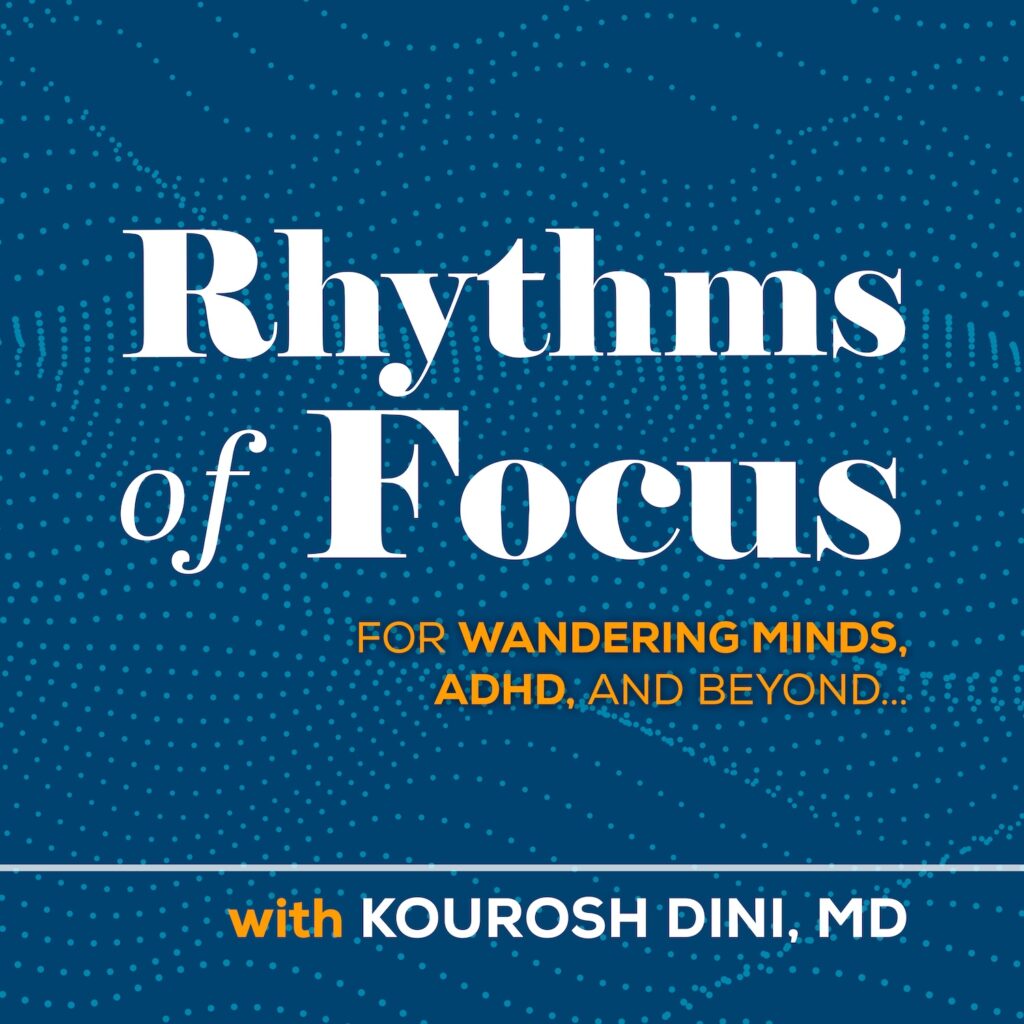I’ve heard whispers through the Intertubes that there is discord amongst camps between those who believe pen and paper to be the superior system medium and those who drift to the digital. I caught some wind via a pingback to marywestonn’s blog in my recent post Settling the Mind vs Settling the System. He in turn points to a nice writeup by Gabe Weatherhead at MacDrifter.
So, which is best?
The question is a false one. There is no reason one cannot use both. In fact, I use both quite regularly. I’ll explain below. More appropriately, instead of asking which to use, you can ask which one do you want as a center?
One of the important benefits to having a trusted task system is that we have a central place to look. We develop a habit around a simple list that presents what we want, when we want. Of course doing so takes practice, but this is the goal.
We can have many tasks sitting all around us, only some of which make it into a task system. When first learning how to build and use a task system, we might even incorporate as much as possible into a centralized hub. We can add habits developed and otherwise so we can get a sense of what our workload is. But eventually, we can back off, recognizing that there are many places we can store tasks.
One simple example is the bookmark. With a bookmark, we set a piece of paper, denoting a next action “Read from here onward,” between the pages of a book. A central task system might hold a repeating task that says, “Continue reading Moby Dick”. Together, we have a working system.
In work with clients, I do not use any digital devices, though I’ve tried. I’ve tried using a pen based app. I’ve tried a regular note taking app.
Whatever the case, I felt that I was trying to fit a tool to an application that already had an excellent process in place. Perhaps more importantly, I found digital tools as distracting. The power of the Internet, of potential communication, and more were just a lot to handle. One could say, “just ignore it” but that’s not how the mind works. It pervades a conversation at subtle and unconscious levels. It’s not something to “just ignore” so much as it is something we must actively suppress.
As an example of how strong such forces can be, consider doing the following: stand with your back to an open door. Just stay there for a while. Even if you are convinced no one is there, just see how it feels. I imagine you will have to suppress the urge to move away. There is a reason why feng shui suggestions often speak against placing furniture where your back would be to a door. Similarly, the draw of the Internet is just there. It can be suppressed, but at some cost.
Sometimes paper is just better. Paper removes many paths for potential impulse from the equation. It becomes easier to rest into certain types of work.
In my sessions with clients now, I use a padfolio and a fountain pen. (Fountain pens are just super fun and still not distracting.) During the session, I have a means of writing my thoughts. I have a method of writing ideas to follow up during the session. I also have a way to store ideas for the Inbox at the top of the page. As part of my workday wrap up, I review my hand written notes, entering what I want into OmniFocus.
OmniFocus remains my central hub. It is solid. I trust it and how I’ve set it up. Meanwhile, I still use pen and paper for several occasions, especially when I am aiming for a deep focus such as when I’m with clients or studying.
As another example of combining systems, my friend David Sparks has a neat way of doing so. David is clearly an aficionado of the tech world. Heck, he writes a blog about all things Mac. David’s been big into time blocking or “hyper-scheduling” lately. He schedules all of his day with his tasks. He relies on OmniFocus for its power of defer dates, perspectives, and the like. But then he transfers his tasks to a nifty paper planner every evening for the next day.
As a result, I’m certain that he is better focused and more clear about how to go about the day. In addition, he does not have the computer and its power constantly nagging at him as he works. Check out his neat series on his scheduling system here, here, and here.






